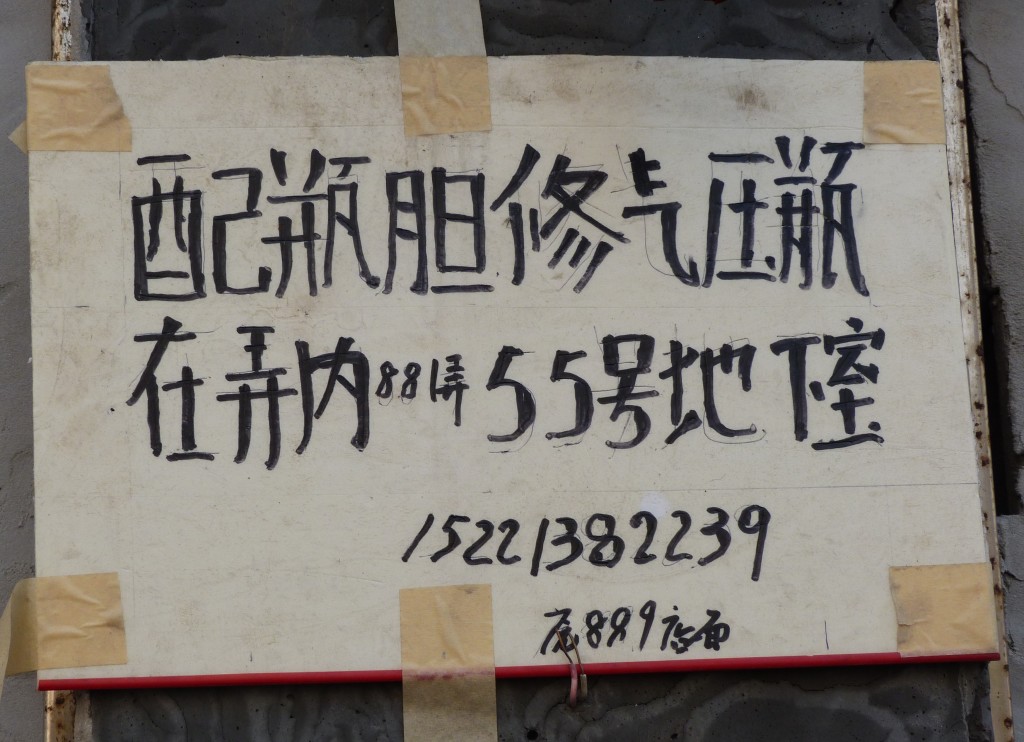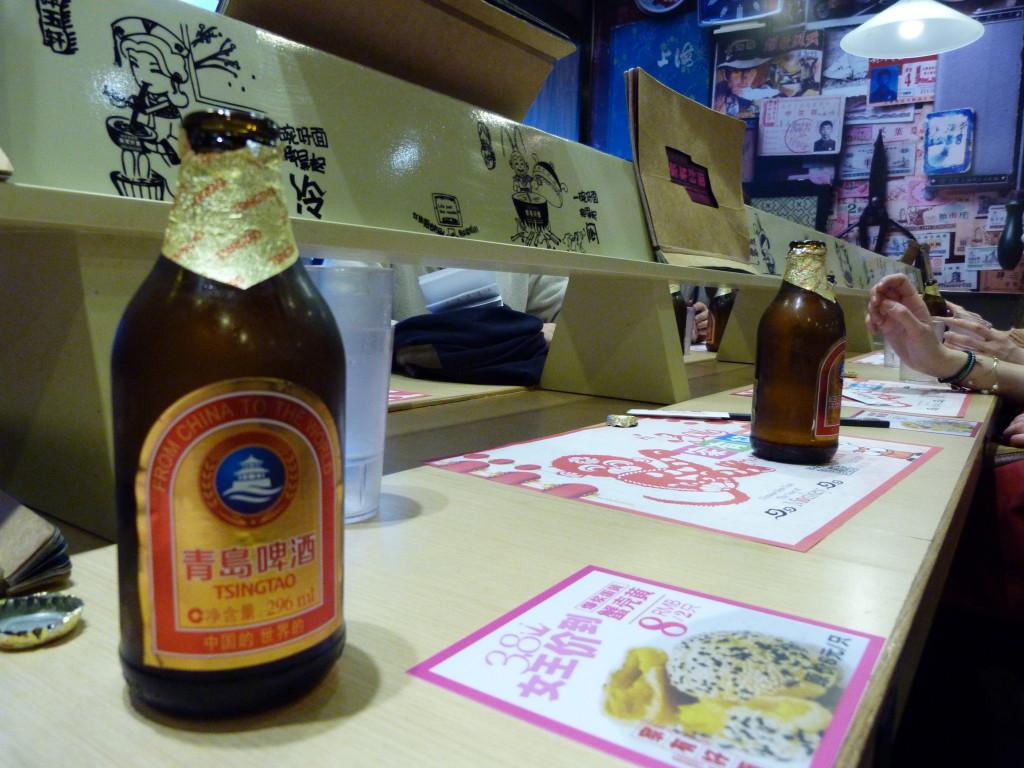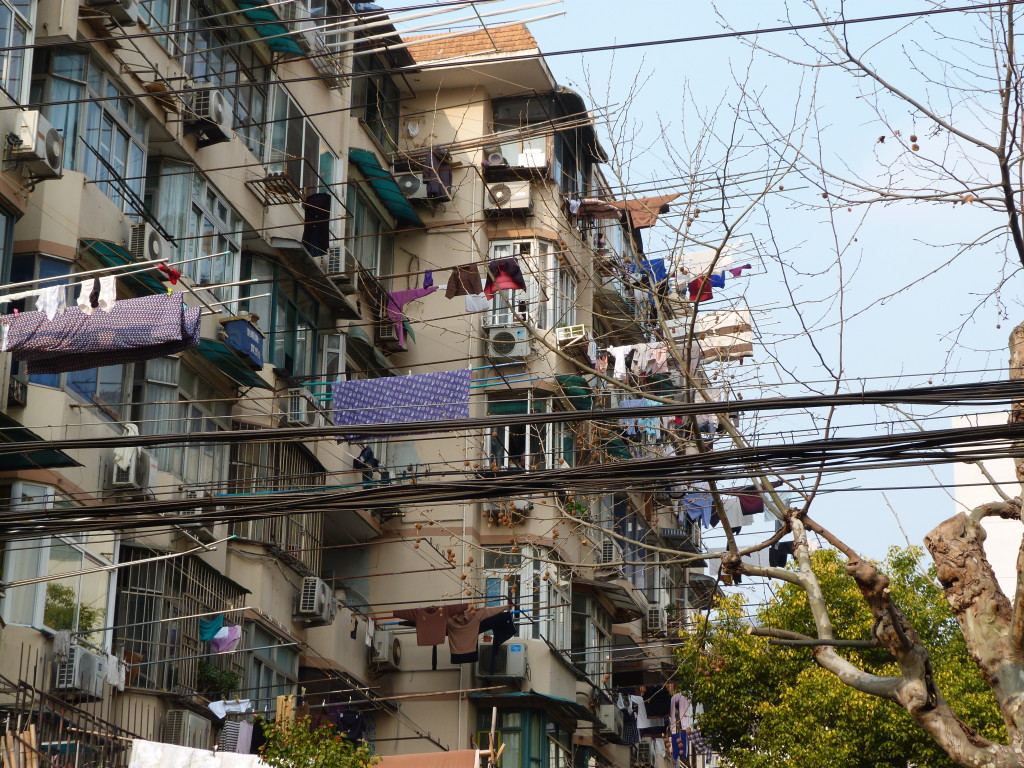Into the Collectivism
“There are more similarities than disparities between occident and orient”. By this way, we started one of the lessons we have attended at Jiao Tong University in Shanghai. However, my impressions regarding the truth of this statement were changing during my days in China. It does not necessarily mean that being equal is better, actually from my point of view heterogeneity is the best way of learning, but an extra effort is needed to adapt ourselves into this new environment of different language, culture and way of living.
From the first moment we put our feet in China, we were aware and ready to live in a completely different way, being the ones who assume the role of adapting into this new reality, trying to learn some phrases in Chinese to be polite and respectful, and trying to understand their culture from the very basic levels such as table manners.
The Chinese Collectivism surrounded us, from breakfast until dinner time, giving us the opportunity to think and act differently. Even though we were also attached to occidental culture, we were, for some days, inhabitants of the hugest country on Earth, living the same speed of life as local people.
NI HAO (HELLO)
For me, it was the first time traveling to a country in which I do not dominate their mother tongue. Mandarin, with around 848 million native speakers, is the most spoken in the world, followed by Spanish with around 399 million. Even not understanding Chinese was a great challenge to communicate in our daily life with stuff from the hotel and restaurants, university, taxi drivers, local people, etc. the main challenge was beyond the barriers of tongue. Body language, signs and gestures are different than the ones we are used to.
For instance, using our hands to say the numbers in order to avoid the problems of misunderstanding was also a failure the first attempts. At the beginning we were surprised and confused of what we were doing wrong, but thankfully, during the first lesson we learnt how to do it in the “Chinese style”.
 Poster in Chinese. Photo taken outside the Jade Buddha Temple, Shanghai.
Poster in Chinese. Photo taken outside the Jade Buddha Temple, Shanghai.
DÀOLE (WE HAVE ARRIVED)
Chinese culture and identity are shaped by daily life aspects such as gastronomy and religion. Superstition and luck affect all the spheres of Chinese lifestyle.
Once again, table manners come on the stage: the art of using chopsticks instead of fork and knife, and the way of using them to respect the other people around the table. As long as you must share the food, respecting turns and picking each time small quantities of food, meals can be considered one sample of collectivism. One typical meal could be up to 20 courses, gathering cold dishes, main courses, soup and staple food. The toast moment can be considered a ritual, and the first one is offered by the oldest person of the table. When is a good moment to return the toast? When the fish is served, because the word of fish in Chinese, /yu/, means also abundance. Take care with drinking when the Ganbei game starts. This traditional Chinese drinking game is commonly played in business meetings to show who has the power.
 Chinese meal & beer. Photo taken in the first restaurant we went to, Shanghai.
Chinese meal & beer. Photo taken in the first restaurant we went to, Shanghai.
WO SHI SHANGHAIREN (I’M FROM SHANGHAI)
It is true that visiting only Shanghai limited our perspective of analysis in comparison to the whole country, but what is clear is that Chinese way of living is very different. One of the things that caught my attention was driving patterns. Vehicles don’t respect pedestrians, and the other way around. If Ganbei does not kill you, you can be killed by a taxi driver or an electric moto cycle, even you are properly crossing on a zebra crossing.
However, what made a difference on my thoughts is the huge gap that you can see in streets. Coming back to the statement I used to start, disparities can be found everywhere, but not only from a foreign point of view, but also within Chinese population in terms of quality of life. In the same district you have poverty and luxury, the two faces of Shanghai. The contrasts between them made me think about the diverse scale of opportunities and way of living that people have, even though they all are breathing the same polluted air and walking through the same pavement. So then… Collectivism?
 Dwellings. Photo taken in Shanghai’s city centre.
Dwellings. Photo taken in Shanghai’s city centre.
Fátima Enríquez Lago, student of the International Master in Sustainable Development and Corporate Responsibility.




.png)
].gif)
.png)
].png)
].png)
].png)
.png)
].png)
.png)
